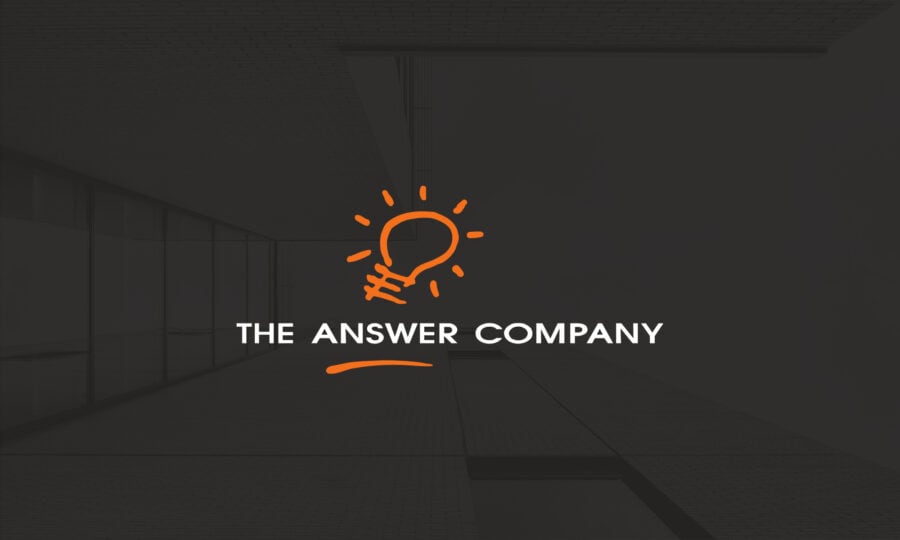5 Benefits of a Modern Nonprofit Chart of Accounts
Older nonprofit fund accounting applications had two things in common: complexity and opacity. With their rigid chart of accounts structures, limited reporting capabilities, and little (if any) integration with other nonprofit applications, these platforms overcomplicated an already complex task and locked crucial data away, robbing nonprofits of the visibility they need.
Today’s modern financial management solutions centralize and integrate data streams and simplify the entire structure of the chart of accounts. In doing so, these applications enable nonprofit finance teams to be better stewards of the organization’s mission and more effective leaders. Here we’ve assembled five benefits of a modern nonprofit chart of accounts, drawn from an eBook recently published by Sage Intacct. You can download the full eBook here.
Dimensions keep it simple
Nonprofit accounting is complex enough without having to work with a bloated, hard-coded chart of accounts. For example, in a traditional chart of accounts, if you have five funds, four grants, three programs, and one restriction, you’d need to set up 60 GL accounts for every natural account.
A modern financial management solution that uses dimensions can dramatically slim down a chart of accounts. You can use dimensions to tag and categorize transactions and entities. A dimension can be anything you need to track, including location, department, vendor, employee, project, fund, and grant. In fact, using dimensions, you could shrink the 60 accounts in our example above down to one single account. One.
Slice and dice for the deep dives
You know the drill. A stakeholder calls with a question about the numbers. You say ‘you’ll get back to them.’ Then, you run a bunch of reports, pull a few files, and type out an email detailing your findings. Not the best use of your time.
A dimensional chart of accounts lends itself to easy slicing and dicing of financial data. Sage Intacct dimensions allow for comparative (cross-tab) and hierarchical (drill-down) structure of your organization’s key information. Using dimensions, you can easily and quickly calculate data to analyze performance and look at that data from every imaginable angle.
Gain insight across data points
How many spreadsheets does it take to run a successful nonprofit? For most of us, the answer is: “at least one more than we already maintain”. Let’s face it, spreadsheets aren’t likely to disappear, but Excel does not need to be your primary reporting engine. There’s something much better.
Dimensions allow you to analyze your data across multiple data points at one time. And you can do it without the need to export data into Excel. By pulling together data from multiple dimensions into a single report, you can make more informed decisions – faster. Better yet, when you spot something you wish to explore further, you can drill all the way down to the transaction level.
Sharing is caring
To pick on legacy nonprofit accounting applications again, one thing they are particularly poor at is sharing data among stakeholders. Many didn’t even support printing to PDF until a few years ago. More so than for-profit companies, nonprofits need the ability to share metrics and financial performance data simply and securely.
A modern chart of accounts provides the win here too. In addition to automatically generating and sharing reports, you can create role-based dashboards that include both critical outcome metrics and financial performance. With the ability to securely share data throughout the organization — and beyond — you can better keep stakeholders engaged and accountable.
Increased transparency
The nonprofit organizations we work with often tell us they spend a great deal of time assembling and distributing information to donors and their boards. That’s time that would be better spent strategically analyzing that information to look for trends and opportunities.
Modern cloud-based financial management systems provide a more efficient way to distribute information. You can offer ‘anywhere, anytime’ access to key stakeholders and create custom outcome metrics that highlight your organization’s impact and back it up with numbers. Then,
as your organization changes or expands its mission, you can add dimensions to track new things of importance to your Board or donors.
The modern nonprofit chart of accounts is a next-generation tool for today’s nonprofits. By simplifying complexities and increasing visibility, applications like Sage Intacct empower finance teams and transform nonprofit accounting into a strategic tool capable of advancing your mission. Learn more in the Sage Intacct eBook, The Modern Nonprofit Chart of Accounts – It’s Not Your Mother’s General Ledger.
